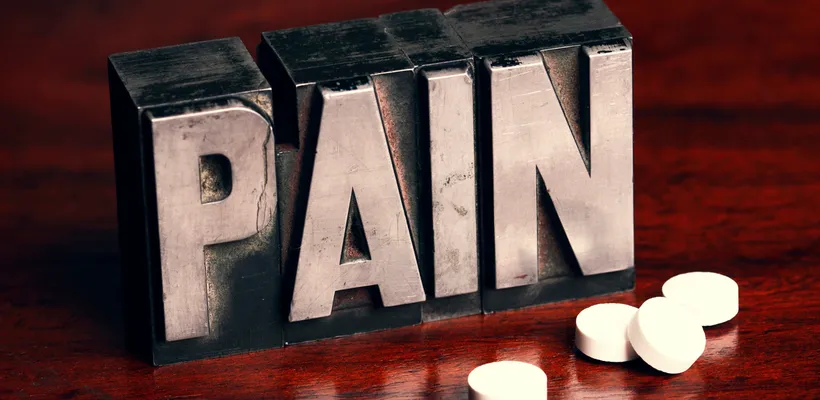
Published: 7th October, 2013 in: Conditions Health Advice
Even though there are a wide variety of painkillers available with different brand names, there are only three main types:
Sometimes different painkillers are combined together into one product such as co-codamol which contains paracetamol and codeine. The type of painkiller that is most suitable depends on the type of pain and how severe the pain is. Alternatively, some types of pain especially joint and muscle pain can be treated with heat therapy such as heat patches or rubs. Products such as Deep Heat, Transvasin & Radian B can be applied directly to the skin over the affected area and create a sensation of heat which helps to relax the muscles, reduce stiffness, relieve pain and improve the blood supply to aid healing. The sensation of heat can act as a source of distraction from the pain felt in the muscles or joints and helps soothe the pain. The act of massaging the rub into the painful area also helps to relive symptoms.
Paracetamol can be used for mild to moderate pain such as headaches, toothache or the symptoms of a cold. It can also help to control a fever but does not reduce inflammation. Paracetamol can be purchased over the counter in pharmacy.
Anti-inflammatory medicines such as ibuprofen can be used when there is pain and inflammation such as joint pain, muscle pain or back pain. These are available as oral medicines and some anti-inflammatory painkillers can also be applied to the skin. For example ibuprofen is available as a gel and spray which can be applied directly to the affected area. Unlike heat rubs/patches, products such as Voltarol Emulgel and Ibuleve gel and spray work by blocking the production of chemicals involved in the inflammatory process so help to relieve pain and inflammation. Because these products are applied directly to the skin there is less risk of the side effects associated with taking oral painkillers.
Weak opioids are used for more severe pain, or if paracetamol and/or ibuprofen have not worked. The weaker opioids, codeine and dihydrocodeine can only be bought in combination with paracetamol or ibuprofen. Some combination painkillers such as Solpadeine or Paracodol, which contain paracetamol and codeine, are available as soluble tablets which will work quicker than ordinary tablets as the tablet does not have to breakdown in the stomach. The strongest combination painkiller is Paramol which contains paracetamol and dihydrocodeine and can only be used to treat moderate pain when other painkillers have not worked. These combination products should only be used for a maximum of three days at a time. Anyone who needs to use them for longer should discuss it with their pharmacist or GP.
In addition to painkillers, there are various self-help techniques that can also provide some relief. You can also take steps to control back pain by doing small things on a daily basis to make it easier to cope with. Such self help techniques can be of a great help:
It may sound odd, but the best way of coping with back pain and stopping the pain getting worse is to stay active. Simple things such as walking to the shops, swimming or a walk in the park help to prevent the body from de-conditioning and will benefit your back pain. Take things easy at first, and then build up your level of activity. Once your back pain is better, continue with your activities. Bed rest will only make the pain worse.
Back pain can come and go and you may have good days and bad days. A good day may allow you to do more things like doing the weekly shop, tidying up the garden, or spending more time at work, and it can be tempting to get all this work done before the next bad day. But overdoing it will mean that your back pain may actually get worse. Try to pace yourself and avoid this problem by spreading the workload over a longer period of time, and doing so you may be able to increase the length of time that you can control your pain and have fewer flare-ups.
Back pain sufferers should not fear exercise as it is an important part of managing back pain. Regular exercise can decrease pain and discomfort, and strengthen muscles. Find exercises that you enjoy and that you feel are beneficial for you. Although you may feel some discomfort after exercising muscles that are under-used, this should disappear after a couple of days and you should feel less discomfort as your body gets used to the exercises.
Back pain often comes and goes, so a pain diary will help you identify times of minimum pain and flare-ups. If you also record what you were doing when you experience pain, you may start to see a pattern. This will help you to find other ways of doing these activities to avoid such pain increases.
Carers provide invaluable help and assistance to their children, friends, relatives, and partners, but what happens when their work leads to back pain, compromising their ability to care? Read more